
Arizona consistently produces the highest yields and quality of crops found anywhere. This is due to the skill and expertise of Arizona farmers and the management of the valuable natural resources that we depend on, which includes the soil, water, and climate we have in this region. Soil serves as the foundation of the agricultural systems that we all depend on. In agriculture, we recognize that healthy soil translates to healthy crops and farms (Brady and Weil, 2008 and Parikh and James, 2012).
There are three primary aspects of soil systems that are important in healthy soil function that include physical, chemical, and biological factors (Figure 1). These three aspects are of soil systems operate in an integrated manner, but we can consider them individually, beginning with the soil physical properties.
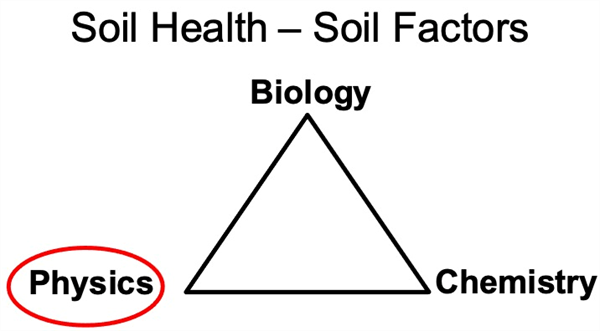
Figure 1. Soil health factors and physical properties.
Soil Texture
Soil texture determines the coarseness or fineness of a soil (Figure 2). Soil texture is defined by the relative proportions of sand, silt, and clay particles (Figures 3 and 4). The soil particles are defined by diameter size with sand (0.05–2.0 millimeters (mm)), silt (0.002–0.05 mm), and clay (less than 0.002 millimeters or the 2-micron (µ) fraction (10-6 m)).
Soil texture is a product of the geologic process of basic parent materials weathering, both physically and chemically, over long periods of time in each location making soil texture a prominent characteristic of any field or location. Soil texture cannot be changed in a practical manner, but we can utilize appropriate management practices suited for soils of varying textures.
Particles that are larger than 2 mm, such as rock fragments (pebbles, cobbles, stones, and boulders), are not considered in defining the soil textural class because they are relatively inert or non-reactive.
Soil particles provide the basic building blocks of the soil system and structure. The pore spaces between the particles and soil aggregates are extremely important since that is where most physical, chemical, and biological processes take place.
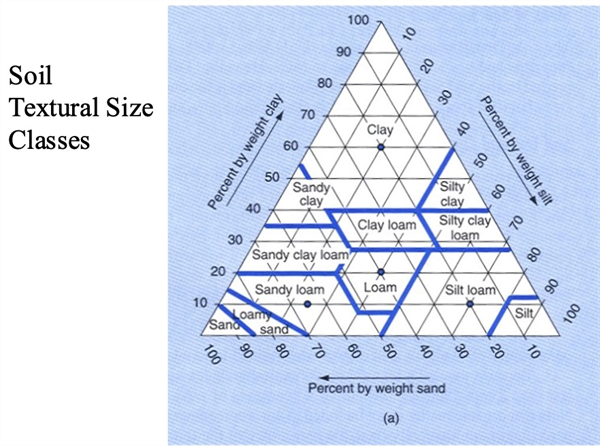 Figure 2. Soil textural triangle.
Figure 2. Soil textural triangle.
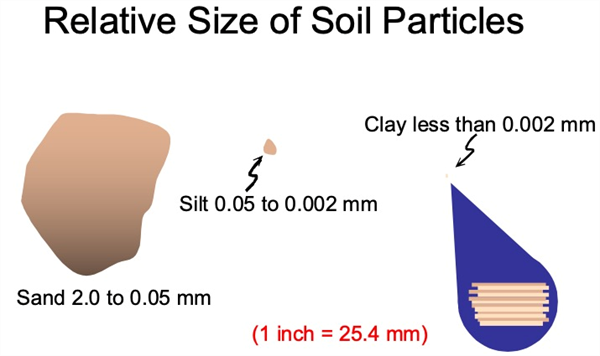
Figure 3. Relative size of soil particles.
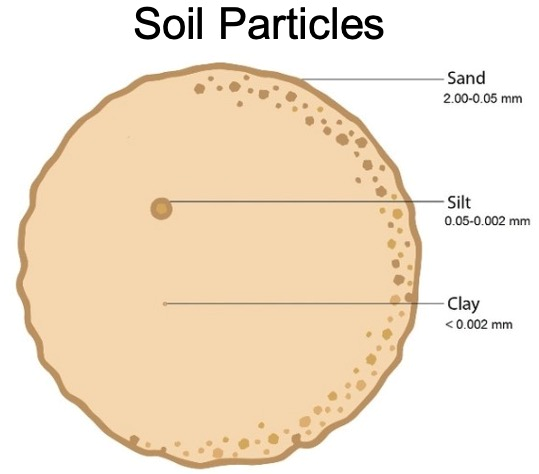
Figure 4. Proportional relationship of soil particles.
Aggregation
Soil particles provide the basic building blocks of the soil physical structure, but the way soil particles are assembled in clumps or aggregates. Aggregation is basically the arrangement of primary soil particles (sand, silt, clay) which are bound by soil organic matter and through other forms of particle interactions and associations. Aggregate stability is a good indicator of soil health.
As a result of the aggregation of soil particles, the sizes of soil pores can vary tremendously. The proportion of large, medium, small, and very small pore spaces in soils govern the important processes of water and air movement. In addition, soil pores provide the spaces where soil organisms and plant roots live, grow, and function.
Clay and finer textured soils (generally, soil textures in the upper ½ of the textural triangle) have smaller soil particles and aggregate structure that contribute to small pore spaces (often less than 0.002 mm or 2 µ). In contrast, sandy soils are dominated by pores that are larger (macropores). As a result, finer textured soils with high silt and clay content will have much higher surface areas within in given soil volume (Figure 5) and are more reactive physically and chemically.
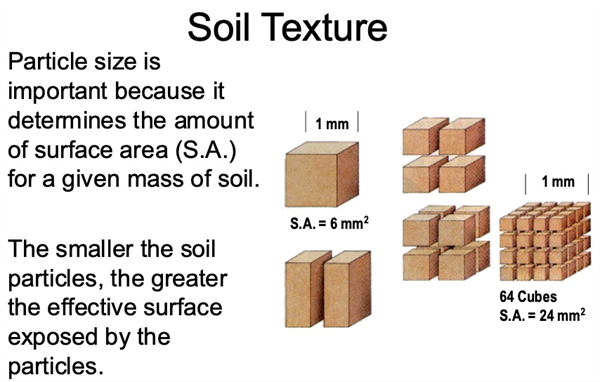
Figure 5. Soil particle size and surface area relationships.
We can see and feel soil aggregates when we pick up a handful of soil and see the clumps or pieces of soil, which are the soil aggregates. Soil aggregates consist of soil particles of varying sizes that are held together by both the attraction of soil particles and the binding capacity of organic matter between soil particles. There are several general types of common soil aggregates (Figure 6).
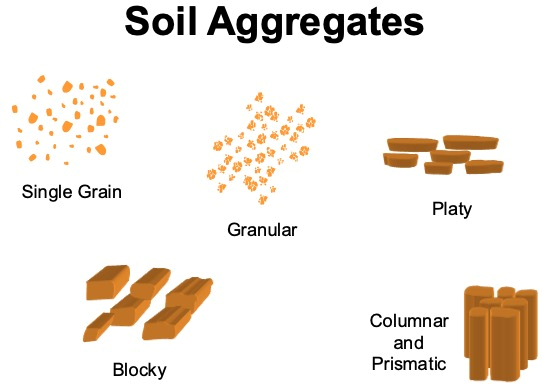
Figure 6. Examples of soil aggregates.
Soil Structure
Aggregates provide a very important function of soil structure. Aggregates also serve to hold and supply organic matter in soil; however, they also have structural functions. Soil aggregate structures provide large and small pores with large soil pores allowing faster water infiltration into the soil. Smaller soil pores provide the capacity of soil to hold more plant-available water. A healthy soil will have a good soil structure, often recognized in the field as good soil “tilth”.
Poor soil structure, due to a breakdown of soil aggregation and the dispersion of individual soil particles can be a problem for water infiltration into a soil. We can often see this in the field with soil crusting surface compaction (Figure 7a and 7b), which can also be symptom of high sodium (Na) concentrations in the soil.
Consequently, soil structure is critical to our efforts to manage soil salinity since we need good water infiltration and percolation to accomplish adequate soil leaching to remove soluble salts from the crop root zone (Figure 8).
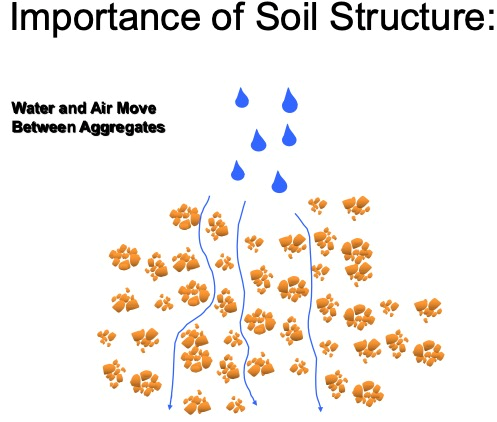
Figure 7a. Importance of good soil structure.
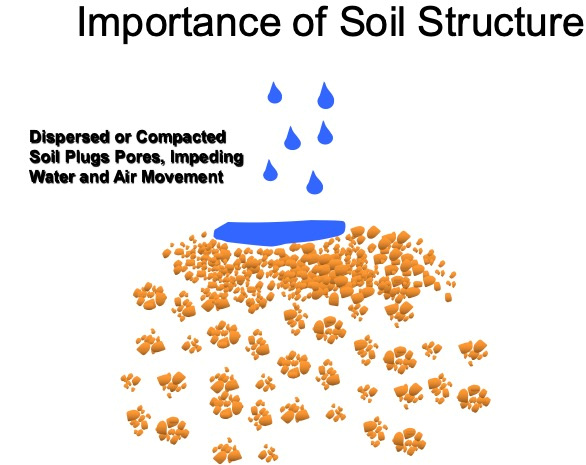
Figure 7b. Example of unfavorable soil structure, such as a dispersed or
compacted soil structure.

Figure 8. Good soil structure and the relationship to leaching
capacity in a soil.
Soil health is affected by several factors including the physical, chemical, and biological properties of the soil system (Figure 1). Of the physical soil properties, aggregation and structure are two of the most important factors affecting soil health. Soil texture, aggregation, and structure are all inter-related and provide a strong influence on the environment that plants deal with in the field. These soil characteristics impact root development as well as water and air movement in soil. Managing soils to enhance these physical properties of aggregation and structure can be a real benefit for soil health and crop production systems.
References:
Brady, N.C. and R.R. Weil. 2008. The Nature and Properties of Soils, 14th ed. Prentice Hall: Upper Saddle River, NJ. Parikh, S. J. and B.R. James. 2012. Soil: The Foundation of Agriculture. Nature Education Knowledge 3(10):2
https://www.nature.com/scitable/knowledge/library/soil-the-foundation-of-agriculture-84224268/#
I hope you are frolicking in the fields of wildflowers picking the prettiest bugs.
I was scheduled to interview for plant pathologist position at Yuma on October 18, 2019. Few weeks before that date, I emailed Dr. Palumbo asking about the agriculture system in Yuma and what will be expected of me. He sent me every information that one can think of, which at the time I thought oh how nice!
When I started the position here and saw how much he does and how much busy he stays, I was eternally grateful of the time he took to provide me all the information, especially to someone he did not know at all.
Fast forward to first month at my job someone told me that the community wants me to be the Palumbo of Plant Pathology and I remember thinking what a big thing to ask..
He was my next-door mentor, and I would stop by with questions all the time especially after passing of my predecessor Dr. Matheron. Dr. Palumbo was always there to answer any question, gave me that little boost I needed, a little courage to write that email I needed to write, a rigid answer to stand my ground if needed. And not to mention the plant diagnosis. When the submitted samples did not look like a pathogen, taking samples to his office where he would look for insects with his little handheld lenses was one of my favorite times.
I also got to work with him in couple of projects, and he would tell me “call me John”. Uhh no, that was never going to happen.. until my last interaction with him, I would fluster when I talked to him, I would get nervous to have one of my idols listening to ME? Most times, I would forget what I was going to ask but at the same time be incredibly flabbergasted by the fact that I get to work next to this legend of a man, and get his opinions about pest management. Though I really did not like giving talks after him, as honestly, I would have nothing to offer after he has talked. Every time he waved at me in a meeting, I would blush and keep smiling for minutes, and I always knew I will forever be a fangirl..
Until we meet again.
There are many innovative automated weeding technologies coming out of Europe. One of these is ARA, the high precision, smart spot sprayer being developed by Ecorobotix[1] (Yverdon-les-Bains, Switzerland). Early prototypes were solar powered, autonomous robots that used a spider-like, three-axis delta robot to precisely deliver herbicides to target weeds (Fig. 1). The company has since moved on to a much simpler solution – a fixed boom, tractor pulled implement (Fig. 2). The 19.7’ wide smart sprayer is equipped with 156 individually controlled spray nozzles spaced 1.6” resulting in a spot spray resolution of 5.6 inch2 (2.4 x 2.4 inch). The claimed travel speed is 4.5 mph equating to a work rate of 10 ac/hr. The machine uses computer imaging and artificial intelligence for crop/weed differentiation to identify and target weeds. AI weeding models have been developed for a variety of crops including several vegetable crops – onion, lettuce and spinach. In addition to weed control, the smart sprayer can be used to spot apply beneficial products to only the crop plant. A company video showing the device operating in onion crops can be found by clicking here or on the image below.
As I have mentioned before, robotic and automated weeding technologies are advancing at a very rapid pace. If you know of a new technology that would be of interest and appropriate for this newsletter, please feel free to contact me.
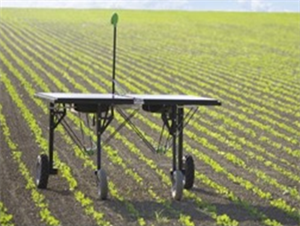
Fig. 1. Solar powered autonomous weeding robot developed by Ecorobotix,
Switzerland. The unit is equipped with three-axis delta robot arms to precisely
deliver herbicides to target weeds (Photo credit – Ecorobotix).
Fig 2. Precision weeding machine developed by Ecorobotix, Switzerland. The unit
is equipped with individually controllable spray nozzles mounted on a 19.7’ wide
spray boom to spot spray weeds (Photo credit – Ecorobotix).
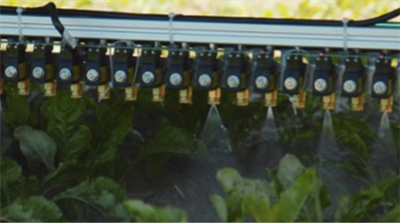
Fig. 3. Precision spray boom comprising 156 spray nozzles for spot spraying
weeds. Spot spray resolution is 2.4 x 2.4 inches. (Photo credit – Ecorobotix,
Switzerland).
[1] Reference to a product or company is for specific information only and does not endorse or recommend that product or company to the exclusion of others that may be suitable.
Occasionally in organic agriculture, mechanical practices, prevention, and management of natural cycles for weed control could fail. With the limited number of herbicides available in organic production systems any information and data collected can be useful. We established a trial in a celery field with a high infestation of Annual Bluegrass (Poa annua). Our goal was to obtain data from an evaluation of Supress herbicide EC.
This organic herbicide contains Caprylic acid (47%), Capric acid (32%) it’s a post-emergent, non- selective, broad spectrum, non-volatile, and non-systemic. The idea was to test the efficacy is in controlling annual bluegrass and celery’s tolerance to it.
Plots consisted of one 80” bed 30ft long replicated four times with 6 seed lines, and the test was established in a randomized complete block design with four replications. A CO2 backpack with a 4 flat fan nozzle boom spaced at 20” was used delivering 20 gallons/acre. The application was done December 28, 2022 with grass at ~10 leaves.
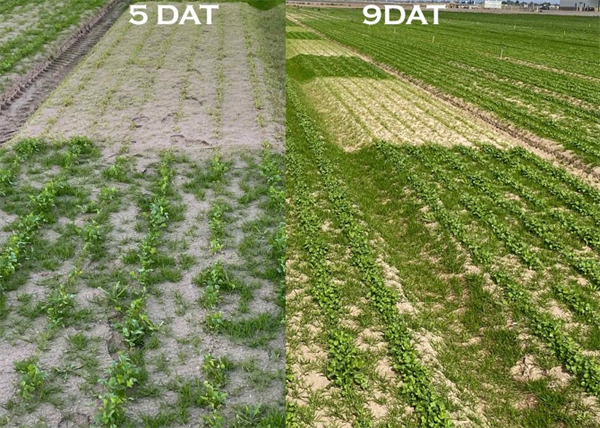
Figure 1. View of the plots at 5 and 9 days after caprylic acid application.
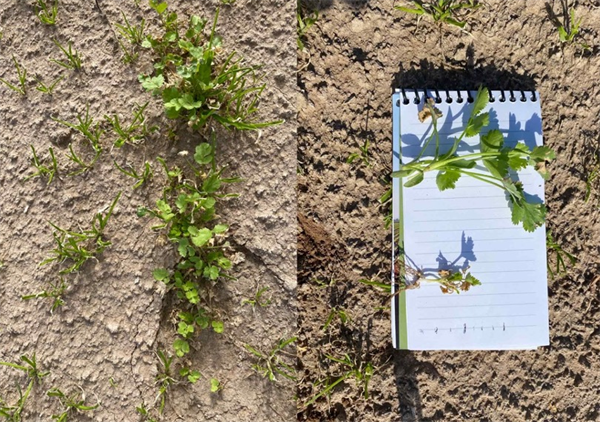
Figure 2. Difference in celery size nine days after application
The low rate of Supress (9%) did not control the grass causing only minor temporary symptoms. At the 5-day evaluation it appeared like the grass and cilantro wouldn’t survive the 2x rate. In the 9-day evaluation the grass and cilantro were recovering.
In this test annual bluegrass at 10-12 leaves was not fully controlled with 9% and 18% solution of Suppress. Although reduced in size the crop and the grass both recovered from this non-selective herbicide. Could this product be used in this crop to control a more susceptible weed at a lower rate? Let us know what you think and if we can be of help putting some test plots.